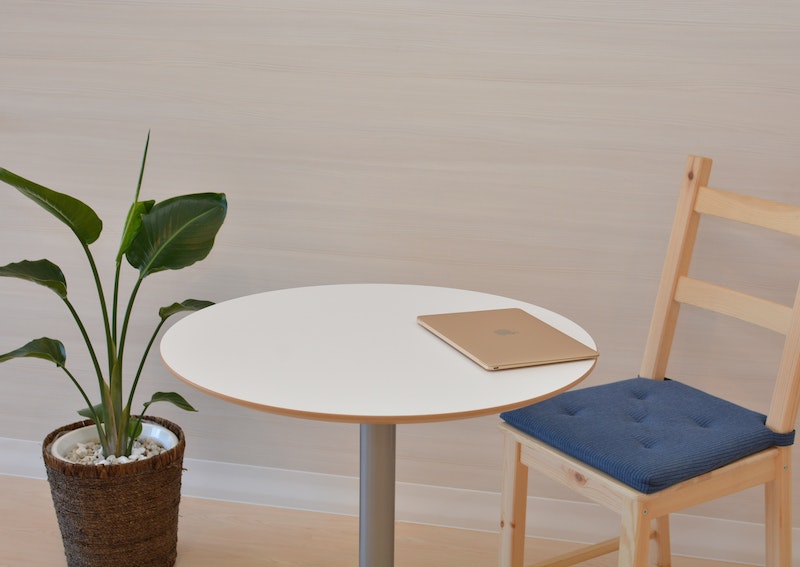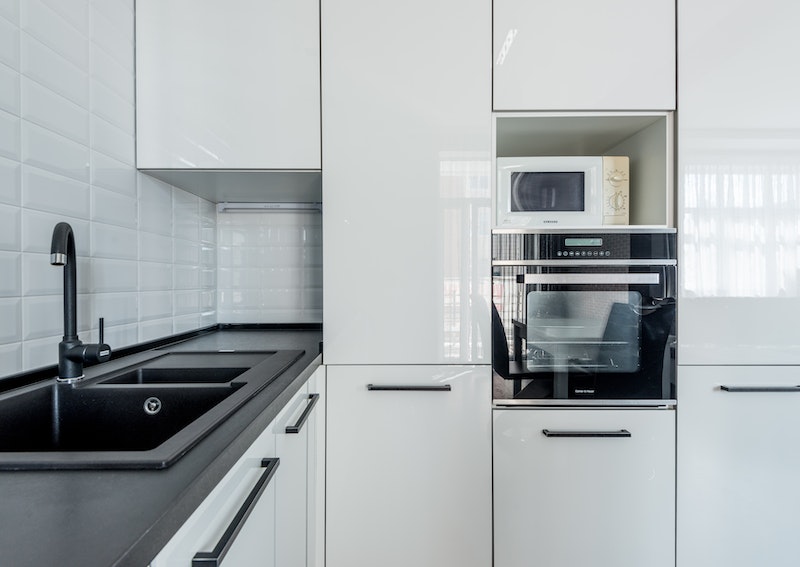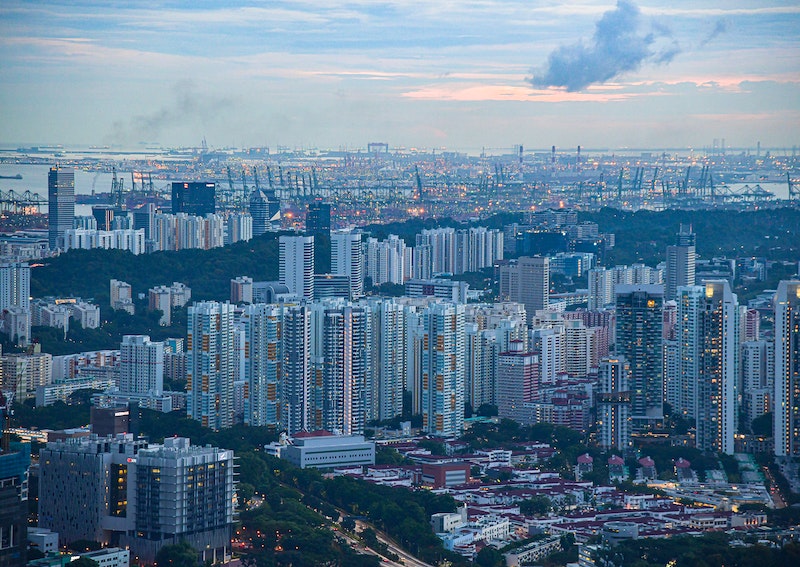Furniture, renovation and stamp duties: Things to include in your budget for your first home


We have finally gotten to the last part of our three-part article. In our first article, we went through the different ways to pay for the house, and in our second part of the article series, we mentioned the different types of insurance that you can (and have to get) for your home.
Look where we are; you’ve come so far, but there’s not a long, long way to go! Here is the final article regarding renovation, furniture and stamp duties!

Renovation costs are usually the second-highest cost of your first home after mortgages.
There are many types of interior design: electrical to carpentry to fixtures and even altering the house's layout by hacking or installing walls.
On average, Singaporeans spend up to 20 per cent of their home value or roughly around $50,000 - $60,000 on their house renovation.
Renovation style can also differ depending on the current trend and how much work and materials are needed to create the apartment's look.
Most experts recommend setting a budget first and removing 15 per cent from this total. If your renovation budget is $50,000, you should aim for $42,500 or less, with the remaining 15 per cent (or $7,500 in this example), expect some things not to go as planned.
By creating a 15 per cent buffer, you will be confident that the project can be done at your price point and not put a financial strain on you or your family.
Renovation loans are available in the form of personal loans; on average, home renovation loans in Singapore charge about 5.33 per cent in interest and a one-time upfront processing fee of 0.75per cent- two per cent, for a total cost of about six to seven per cent.
Unlike other standard installment loans that banks provide, a home renovation loan’s interest rate is called a "rest rate". This means that you pay an interest payment on the outstanding balance of your loan.

Furniture and appliances are the final expenses for your first home, just like the last piece of the puzzle. One must find the balance between prices, aesthetics, and quality of their home items.
Firstly, finding the proper budget for furniture is crucial. Even though IKEA provides the best quality furniture with a simplistic and minimalistic aesthetic, there are cheaper alternatives that you can choose from, such as local custom-made or vintage furniture.
You can even sign up for credit cards that reward high spending, wait for good sales with the best deals, and keep your horizons open for alternatives.
When choosing household appliances, on the other hand, you should consider the long-term costs associated with the appliances’ electrical usage (and water usage for washing machines and dishwashers).
Try to balance the upfront cost of the electrical appliances and their potential savings from being energy efficient.

Stamp duties are cooling measures placed by the government to regulate the price growth of properties in Singapore.
There are a few types of stamp duties: Buyer’s Stamp Duty (BSD), Seller’s Stamp Duty (SSD), and, lastly, for private property, Additional Buyer Stamp Duty (ABSD).
BSD is a levied tax on every home buyer. Whenever you purchase a property, BSD is always payable.
It is computed based on the property price, so the higher the price of your new home, the higher BSD you would have to pay.
On the other hand, SSD is a levied tax on most home sellers. SSD is calculated depending On The Year Of Sale.
If we wish to sell our property within three years from the date of purchase or acquisition, we need to pay four per cent to 12 per cent of the actual price or market value of the property, whichever is higher.
There are exceptions to Seller Stamp Duties, which are mainly legislative in nature:
ABSD is levied tax that applies to the higher of a property's purchase price or market value for private properties. It was introduced in 2011 as a property cooling measure by pushing prices upwards to moderate property demand.
It is levied on top of BSD and only applies to buyers who fit specific criteria, including residential status and the number of properties owned.
As of May 2022, ABSD has increased to 35 per cent for any transfer of residential property into all living trusts.
Now that you have come to the end of the final article of our three-part series (If you have not read the previous two articles about mortgages and insurance, don’t miss them!), you are finally ready to plan for your first home.
It may be intimidating at first, but you will find the journey rewarding step by step.
ALSO READ: 4 things to look out for in a renovation loan
This article was first published in ValueChampion.